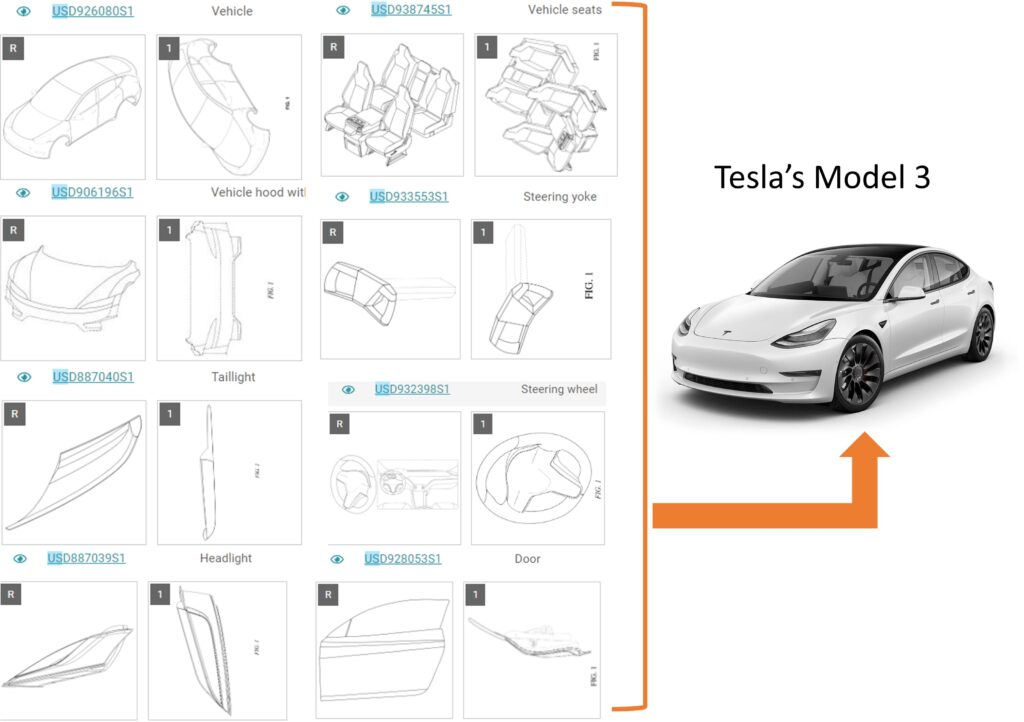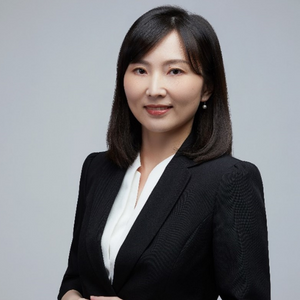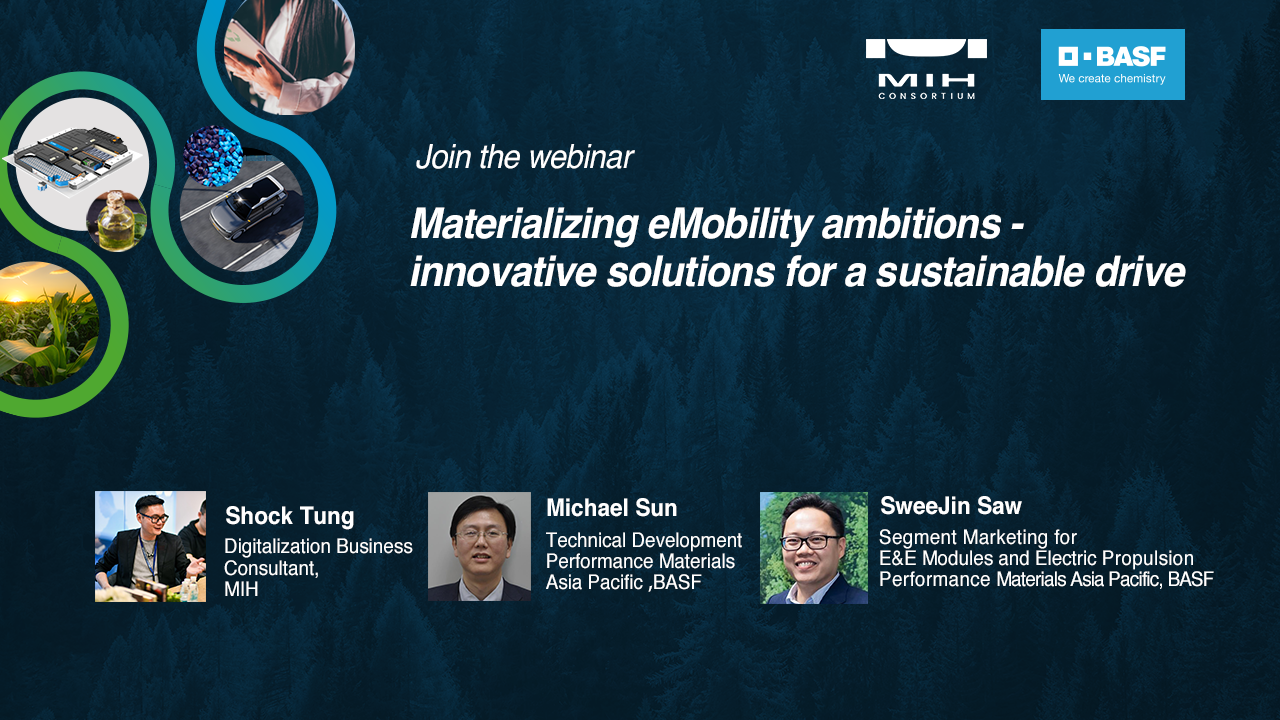
Fig.1 Tesla’s design patents and products
Patent Pledges As shown in USPTO database, Tesla pledged its patents to financial institutions such as PNC Bank and Midland Loan Service during 2008 and 2012. It is unknown the amount of loan the company received. From its patent application history, it can be seen that Tesla has pledged all the granted and pending patents to obtain the maximum loan amount from the banks. Besides patent pledges, patent transaction and licensing are alternative ways for direct monetization. Selling patents seemed not a good choice for Tesla to loss important patents. As for claiming patent royalties from other companies, due to the early stage of electric vehicles at that time, the market size was too small to make a license. Also, Tesla was facing traditional automakers who dominated in number of patents, and it is extremely difficult to assert patent rights to these companies. Therefore, patent pledge was a good option to raise money for Tesla at its early development stage. Acquisition In 2019, Tesla acquired Maxwell Technologies who supplied batteries and capacitors, and sell it to Ucap Power in 2021. However, Tesla kept Maxwell’s more than 600 patents which related to battery materials and battery manufacturing. The major purpose of the acquisition is Maxwell’s battery technologies and patents. Before the acquisition of Maxwell, Tesla began its own battery research in 2016 as shown from its patent application history. Since it is time consuming for Tesla to develop battery material technologies on its own, Tesla chose to acquire Maxwell to obtain know-hows and patents in a faster way. Collaboration with Partners In 2021, Tesla transferred 50% patent rights of its 61 battery material patents to Panasonic. Both companies agreed not to license these patents to any third party within 5 years. The earliest application date of these 61 patents dates back to 2016, and all of them are electrode and electrolyte material related patents. Panasonic has been Tesla’s battery supplier since 2009, providing cells to Tesla to make battery modules for EVs. Joint ownership of patents usually indicates research collaboration. It is expected that the cooperation between these two companies will be more in-depth, not only the supplier-customer relationship, but also the research collaboration of battery technologies. Free Licensing? Most patents owners hope to obtain royalties through patent licensing, for example, Nokia, which has performed well in patent licensing in recent years, received royalty income of 1.5 billion Euros in 2021. However, Tesla seems not interested. In 2014, Elon Musk made an announcement on Tesla’s website, “All Our Patent Are Belong To You”. He considers the goal of Tesla is to accelerate the advent of sustainable transport. Tesla will not initiate patent lawsuits against anyone who, in good faith, wants to use its technology. The company’s competition is not the small trickle of non-Tesla electric cars being produced, but rather the enormous flood of gasoline cars. He believes that applying the open source philosophy to Tesla’s patents will strengthen rather than diminish Tesla’s position in this regard. The list of patents are also published on its website. Currently, there are 362 patents included, around 25% of Tesla’s total patents. Meanwhile, Tesla emphasizes a “party acting in good faith” which it will not initiate patent lawsuits have not: (1)Asserted patent rights against Tesla or other EV related companies; (2)Challenged Tesla’s patents; (3)Marketed or sold any knock-off product of Tesla. In other words, if a company violates the above three points, Tesla does not exclude the possibility of asserting its patent rights. This assertion not only demonstrates Tesla's determination to promote the development of the EV industry, but also extends an olive branch to traditional automakers. At that time, traditional automakers had a much larger patent portfolio compared to Tesla. The technology of electric vehicles differs from traditional engine cars only in the power source, while many other components still use existing technology. Therefore, it is highly likely that traditional automakers' patents pose a threat to EV companies. If traditional automakers want to use Tesla's patented technology, it also means that they must provide Tesla with a corresponding guarantee of non-prosecution. If Tesla can use a few hundred patents to cross license with traditional automakers’ tens of thousands of patents, it seems to be a good deal to the company. In addition, attracting other competitors to adopt Tesla's patented technology actually helps to make Tesla's technology the industry standard (especially in battery charging technology) and establish the company's leadership position in EV industry. From the results, Elon Musk succeeded, and regardless of whether it can be attributed to the Patent Open Source strategy, such a statement did have a significant positive effect on Tesla at that time. However, with the increase in sales of electric vehicles in recent years, Tesla is facing higher and higher patent risks. In addition, other emerging electric vehicle manufacturers, such as BYD, XPENG, and NIO in China, are bound to continuously erode Tesla's market share. Traditional automakers are also keeping up with the trend by launching their electric vehicle products, and even Foxconn has joined the battle by establishing the MIH EV Alliance. In the future, Tesla's Patent Open Source strategy will need to be re-examined. The author believes that the maintenance of patents is expensive, and if the primary goal of Tesla is to promote the development of electric vehicle technology, it would be better to openly share the technology rather than applying for patents. The value of patents still lies in the exclusive rights granted by governments in various countries. As the sales of electric vehicles continue to increase and the number of EV competitors grows, Tesla's patents may become a powerful tool to against its competitors. Reference |
By Jean Chou, Taiwan Patent Attorney / Certified Valuation Analyst at WISPRO Technology Consulting Corporation Email: jeanchou@wispro.com |

MIH Consortium
2023-03-20

MIH Consortium
2023-02-22